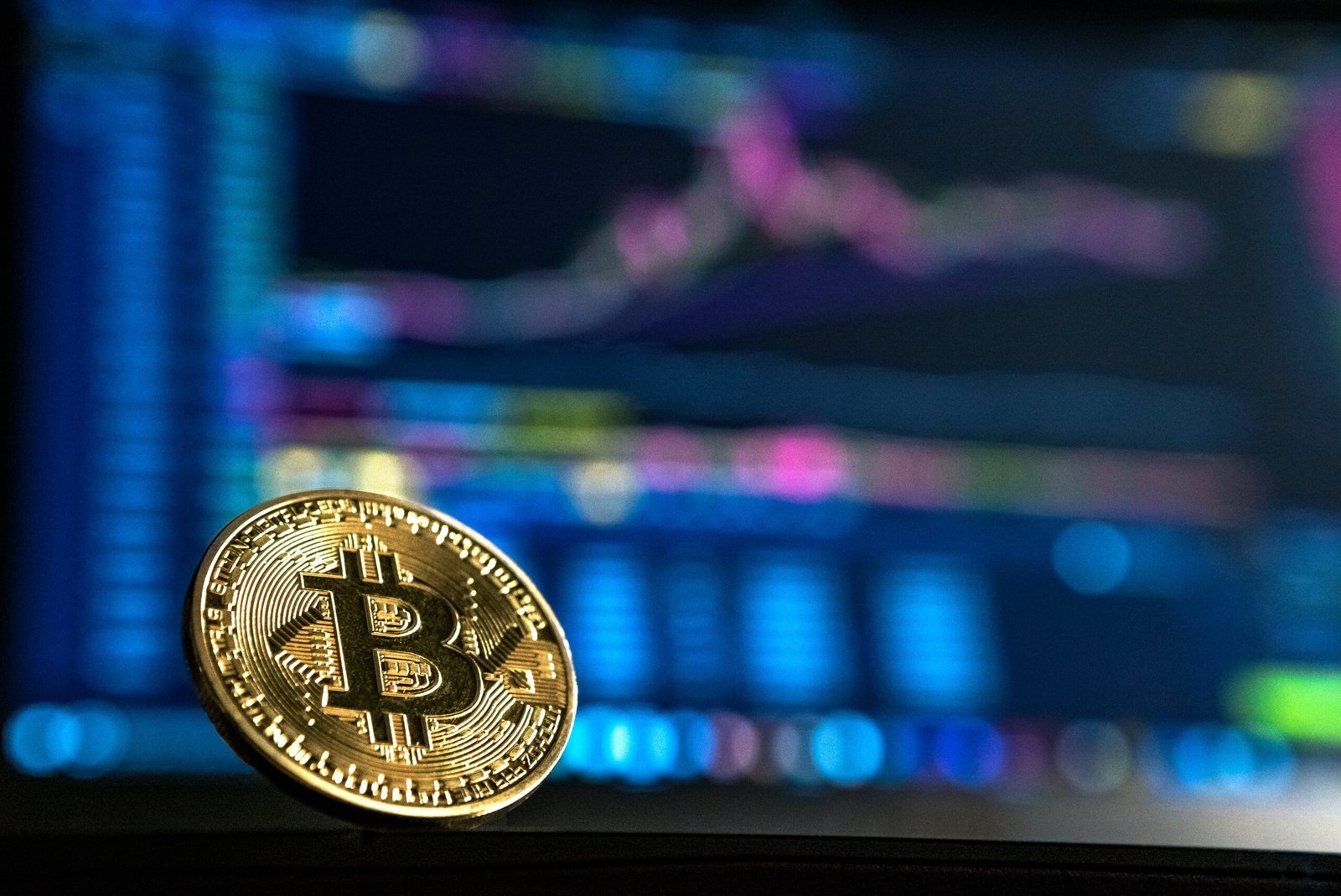Understanding Liquidity Pools: What They Are and Their Importance
Introduction to Liquidity Pools Liquidity pools are a cornerstone of the decentralized finance (DeFi) ecosystem. They function as aggregated collections of funds locked within smart contracts. These pools are crucial for providing liquidity to decentralized exchanges (DEXs) and other DeFi protocols. They enable seamless and efficient trading without traditional intermediaries like banks or brokers. How Liquidity Pools Work At their core, liquidity pools ensure there is always enough liquidity—i.e., readily available funds—to conduct trades. Liquidity providers (LPs) supply assets to the pool in return for earning fees or other incentives. These pools operate on automated market makers (AMMs), which use algorithms to set asset prices based on supply and demand within the pool. This eliminates the need for a traditional order book used in centralized exchanges. Advantages of Liquidity Pools One major advantage is that LP support the decentralized nature of DeFi. By pooling assets, users can trade directly with the pool rather than with another individual. This streamlines transactions and enhances market efficiency. The model also democratizes access to market-making opportunities, allowing anyone to become a liquidity provider and earn rewards. This fosters a more inclusive financial ecosystem. Enhancing Market Efficiency Liquidity pools help reduce slippage, which occurs when a trader receives a different price than expected due to insufficient liquidity. With ample liquidity, trades execute at predictable prices, minimizing the impact of large orders on the market. This continuous trading capability is crucial for maintaining a vibrant and active market, allowing users to trade assets at any time without significant price discrepancies. Contributions to DeFi Stability Liquidity pools contribute to the overall health and stability of the DeFi ecosystem. They provide a decentralized mechanism for liquidity provision, eliminating the need for centralized exchanges prone to hacks, manipulation, and operational failures. By enabling users to trade directly from the pool, LP foster a more resilient and transparent financial system. Promoting Financial Inclusion and Innovation Decentralized liquidity provision also has profound implications for financial inclusion and innovation. Liquidity pools allow anyone with internet access to participate in financial markets, democratizing access to investment opportunities traditionally reserved for a select few. This open-access nature encourages innovation, as developers can create new financial products and services leveraging the available liquidity. Benefits of Liquidity Pools Liquidity pools offer many advantages for both liquidity providers and traders, fostering a robust and efficient decentralized financial ecosystem. Earning Passive Income Liquidity providers can earn passive income by contributing assets to a liquidity pool. They earn transaction fees and rewards, distributed proportionally based on their share of the pool. This creates an attractive opportunity for investors to generate returns without active trading. Reduction of Reliance on Centralized Exchanges Liquidity pools reduce reliance on centralized exchanges, which often have higher fees, limited access to certain assets, and vulnerability to hacking or regulatory constraints. Operating on decentralized platforms, liquidity pools offer greater security, transparency, and accessibility to a diverse range of assets. Enhanced Market Liquidity Pooling assets from various contributors ensures sufficient liquidity for smooth trades, even for less popular tokens. This increased liquidity stabilizes prices and minimizes slippage, making trading more efficient and reliable. Liquidity pools also lower the barriers to entry for new tokens and projects, allowing them to gain traction and visibility in the market. Efficient Price Discovery Liquidity pools play a crucial role in efficient price discovery. As trades occur within the pool, asset prices continuously adjust based on supply and demand dynamics. This mechanism ensures asset prices more accurately reflect their market value, benefiting both traders and the broader financial ecosystem. Opportunities for Yield Farming LP offer opportunities for yield farming and other DeFi strategies. Yield farming involves staking or lending assets within liquidity pools to earn additional rewards, often in the form of new tokens. These strategies provide additional income streams for investors and contribute to the growth and innovation of the DeFi space. Disadvantages and Risks of Liquidity Pools Despite the numerous benefits, liquidity pools have risks and disadvantages. Impermanent Loss Impermanent loss occurs when the price ratio of assets in the pool changes after you have deposited your funds. The value of your assets when you withdraw them may be lower than if you had simply held onto them outside the pool. This risk is prevalent in highly volatile markets where asset prices can fluctuate significantly. Smart Contract Vulnerabilities Liquidity pools operate through smart contracts, which are self-executing pieces of code. While designed to be secure, they are not immune to bugs or hacking attempts. Exploits in smart contracts can lead to substantial financial losses for participants. It is crucial to ensure that the liquidity pool has undergone rigorous security audits. High Asset Volatility High volatility in certain assets poses a substantial risk. When the market for assets in the pool is highly volatile, the potential for substantial gains comes with the risk of significant losses. Participants need to be aware of market conditions and be prepared for the ups and downs of volatile assets. The Risk of Rug Pulls Rug pulls occur when the developers of a liquidity pool suddenly withdraw all liquidity, leaving investors with worthless tokens. This scam has become more prevalent with the rise of DeFi platforms. Conducting thorough due diligence on the team behind a project, their track record, and the project’s overall credibility can help mitigate this risk. Risk Management Strategies To manage these risks, users can take several precautionary measures. Diversification is key; spreading investments across multiple liquidity pools and asset types minimizes the impact of a poor-performing asset. Understanding the underlying technology and staying informed about the projects you invest in is equally crucial. Regularly monitoring security audits, community feedback, and development updates can provide valuable insights into the safety and potential of a liquidity pool. In essence, while liquidity pools present appealing opportunities, they require a careful and informed approach to navigate their inherent risks successfully.




